Control Group
In an experiment, a control group is a group that serves as a standard of comparison for the experimental group. It is a group that does not receive the treatment or intervention that the experimental group receives. The purpose of a control group is to provide a baseline for comparison, so that any changes observed in the experimental group can be attributed to the treatment or intervention being tested, rather than to other factors.
For example, if a scientist is testing the effectiveness of a new drug, the control group would receive a placebo or a standard treatment, while the experimental group would receive the new drug. By comparing the outcomes of the two groups, the scientist can determine whether the new drug has any significant effects.
Control groups are essential in scientific experiments because they help to minimize the influence of confounding variables and ensure that any observed effects are truly due to the treatment being tested.
Study Guide: Understanding Control Groups
Here are some key points to help you understand control groups:
- Purpose: The main purpose of a control group is to provide a baseline for comparison in an experiment. It allows researchers to isolate the effects of the treatment or intervention being tested.
- Avoiding Bias: Without a control group, it would be difficult to determine whether any observed changes are actually caused by the treatment, or if they are simply the result of other factors.
- Types of Control Groups: There are different types of control groups, including positive controls (which receive a known treatment with an expected outcome) and negative controls (which receive no treatment or a placebo).
- Randomization: To minimize bias, participants in both the control group and the experimental group should be randomly assigned to their respective groups.
- Sample Size: The size of the control group should be large enough to provide statistically significant results and ensure the reliability of the findings.
Understanding the role of control groups is crucial for interpreting the results of scientific experiments and drawing valid conclusions about the effectiveness of treatments or interventions.
Remember, in any experiment, the control group acts as a point of reference for comparison, helping researchers to distinguish the true effects of the treatment being tested. Without a control group, it would be difficult to draw meaningful conclusions from the results of an experiment.
I hope this study guide helps you understand the concept of control groups better. If you have any more questions, feel free to ask!
.◂Math Worksheets and Study Guides Eighth Grade. Three dimensional geometry/Measurement
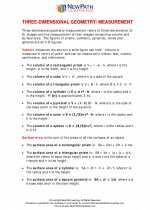
 Worksheet/Answer key
Worksheet/Answer key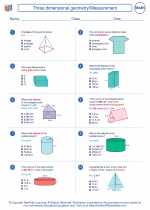
 Worksheet/Answer key
Worksheet/Answer key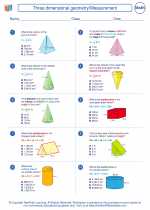
 Worksheet/Answer key
Worksheet/Answer key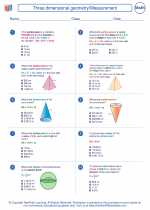
 Worksheet/Answer key
Worksheet/Answer key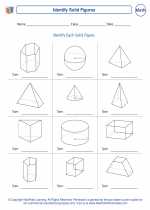
 Worksheet/Answer key
Worksheet/Answer key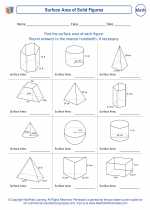
 Worksheet/Answer key
Worksheet/Answer key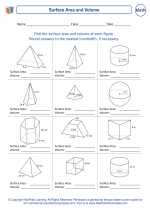
 Worksheet/Answer key
Worksheet/Answer key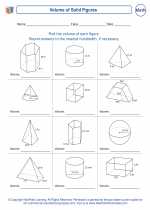
 Worksheet/Answer key
Worksheet/Answer key
 Worksheet/Answer key
Worksheet/Answer key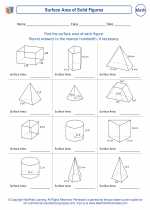
 Worksheet/Answer key
Worksheet/Answer key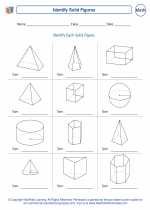
 Worksheet/Answer key
Worksheet/Answer key
